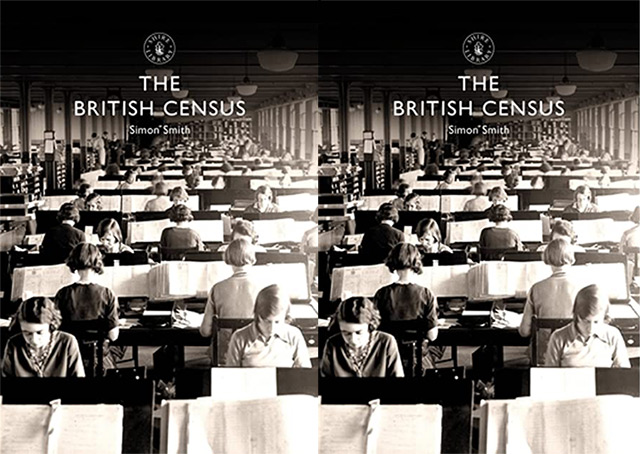The British Census
Book review

The British Census, Simon Smith, Shire Publications, 2021, 64p, £8-99. ISBN 978-1-78442-457-2
This is timely and informative. Simon Smith has very carefully placed the British Census in the wider perspective of historical processes of collecting data about people’s lives over the centuries.
The narrative is clear and well-organized, and there are particularly strong sections on the thought and publications of Thomas Malthus and the work of John Rickman. The former’s views are still relevant amidst the pandemic challenges of our own times, in the sense that he saw pandemic as a possible regulator of exponential population growth; and John Rickman, as the creator of the Census, is a wonderful example of the tradition of public service from which the country has benefitted over the last two hundred years.
Every possible dimension of the Census process since 1801 is covered – such as the method of enumeration; the shift in 1911 to forms being completed by the head of the household, thereby revealing their handwriting; the fact that the Suffragette Emily Wilding Davies who tried to avoid the 1911 Census ended up by being entered twice; how the 1939 National Register at the outbreak of the Second World War became effectively a ‘census’; how the questions and methods of data collection have evolved over time – basically revealing the sheer importance that the Census still offers.
One surprising is that Gregory King who attempted to count the English population in the 1690s is not included. Whilst his methods of calculation may seem dubious, his assessment of the size of the population one hundred years before the official Census began is broadly recognized as being a good estimate.
Despite the assertion [p51], my NHS Number, which started from my Identity Card in 1946, has long since been changed to an unmemorable set of digits.
This is a thorough introduction for anyone wanting to understand what the British Census has achieved and continues to achieve.

